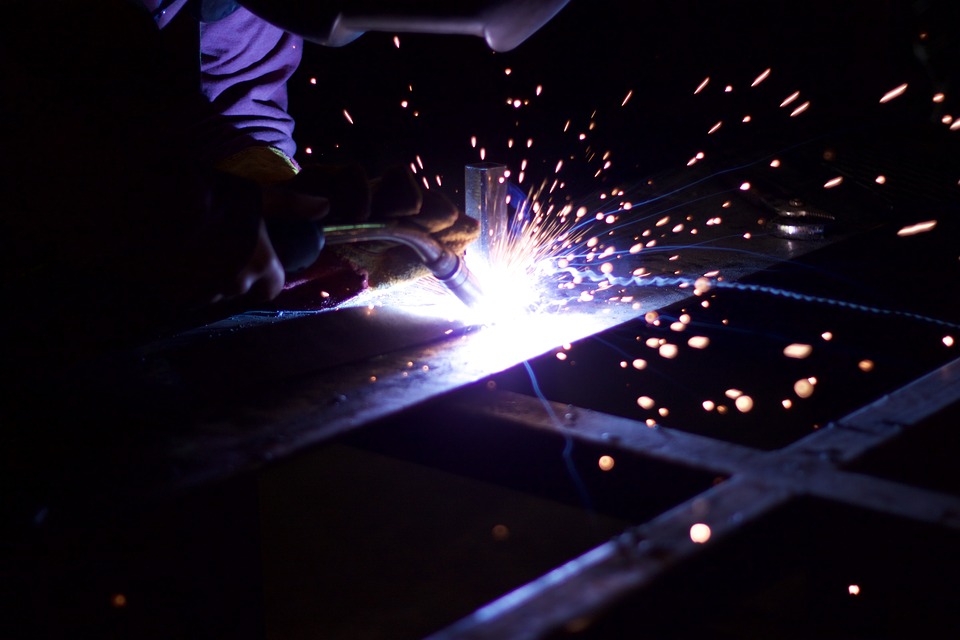Austenitic and ferritic stainless steels are two of the most common engineering materials manufactured worldwide. They are easily fabricated and suitable for a broad range of applications due to their outstanding corrosion-resistant properties. However, they are also limited by inherent technical weaknesses that can be only marginally improved through post-processing. Both types exhibit comparatively low yield and tensile strength, while austenitic stainless steel is susceptible to stress-corrosion cracking and ferritic steels are difficult to weld in thicker sections. Duplex stainless steels were engineered to exceed these limitations.
This blog post will explore duplex stainless steels in more detail.
What is Duplex Stainless Steel?
The idea of a mixed austenitic—ferritic stainless steel microstructure was first explored almost a century ago, but it remained commercially elusive until recent decades. It is now possible to fabricate duplex stainless steel grades comprising a two-phase microstructure of roughly equal parts austenite and ferrite; resulting in a cubic lattice that is approximately 50:50 face-centred and body-centred. This is achieved by striking a balance between the elements that typically result in the formation of one phase or the other.
The main alloying elements of duplex stainless steels are chromium (Cr) and nickel (Ni), comprising as much as 26% and 8% of the alloy’s content by weight respectively. They typically comprise relatively high volumes of molybdenum (Mo) to achieve advanced corrosion-resistant properties and heat performance. Duplex stainless steels can be characterised as extra-low carbon (C) steels due to a maximum possible carbon content of 0.03%. Any more, and the alloy will likely adopt a more ferritic microstructure.
This complex chemical balance is characterised by greater toughness and weldability than ferritic stainless steels, and higher strength and anticorrosive properties than austenitic grades. Duplex stainless steels represent a very attractive prospect for a broad range of engineering applications due to their enhanced formability and comprehensively improved mechanical properties. The increased yield strength of duplex stainless steels also represents a significant improvement in terms of cost, owing to the advanced capabilities of the material in thinner sections.
Applications of Duplex Stainless Steel
The applications of duplex stainless steels are myriad due to their enhanced corrosion resistant behaviour, higher strength in terms of both yield and lateral tension resistance, and the reduced cost of installation. Duplex stainless steels have subsequently found pervasive use in chemical processing, the oil and gas industry, pharmaceutical manufacturing, marine applications, and much more.
Duplex Stainless Steels from Masteel
Masteel is the UK’s leading supplier of engineering steel grades for a variety of industrial sectors. Our primary grade of duplex stainless steel is UNS32205 Duplex, boasting a tensile strength of 620 MPa and a excellent resistance to stress corrosion cracking.
If you would like to learn more about our stainless steel grades, explore our previous blog posts:
Otherwise, contact us directly with any questions.

